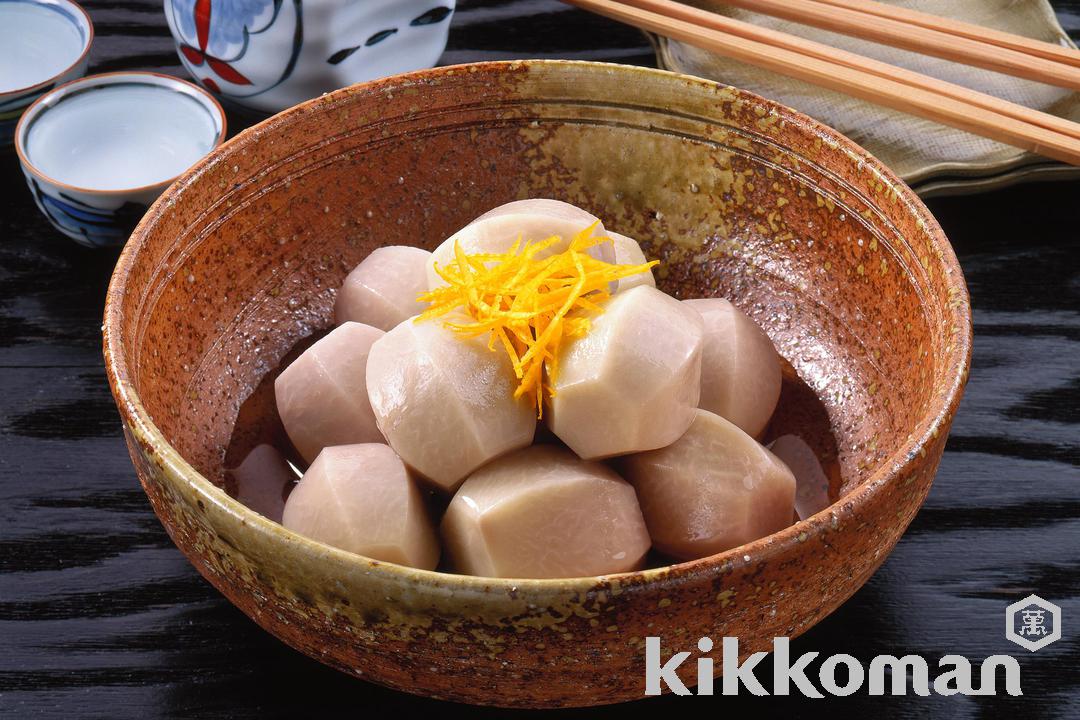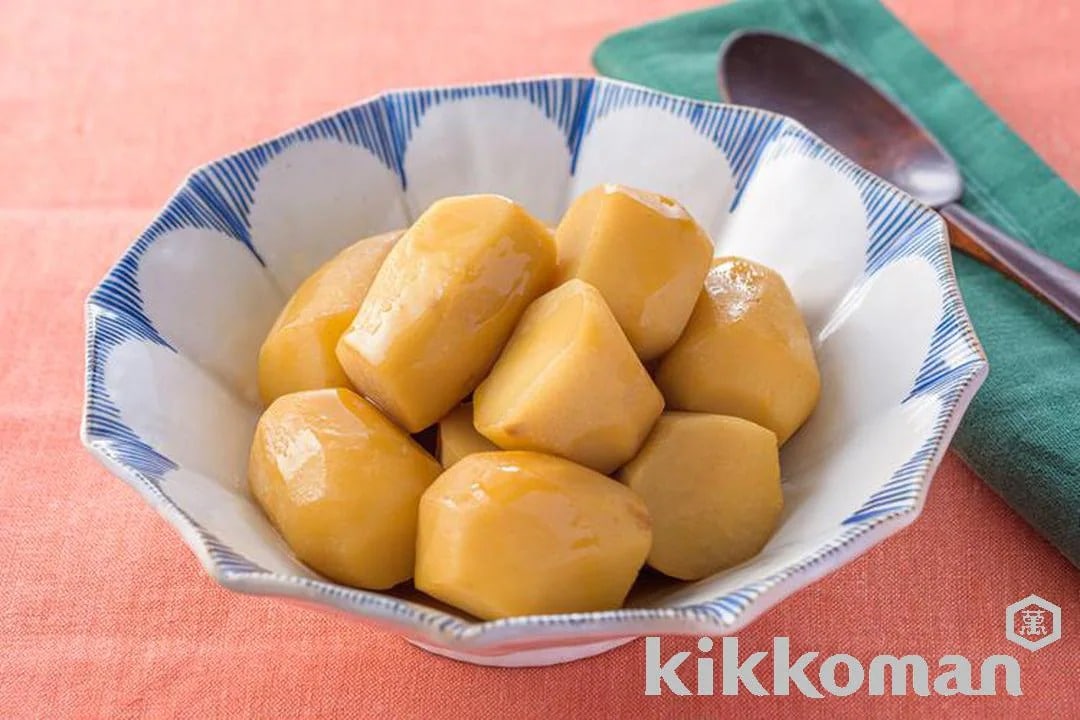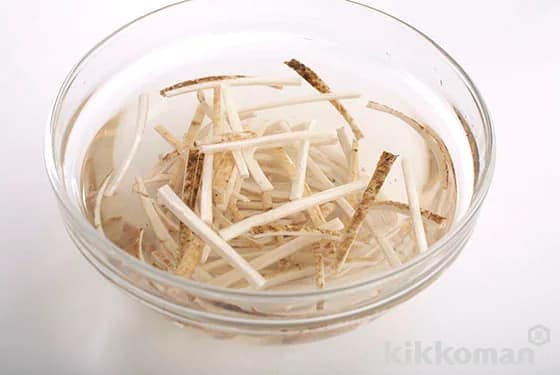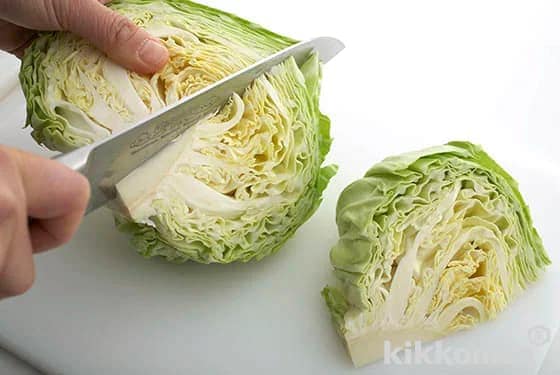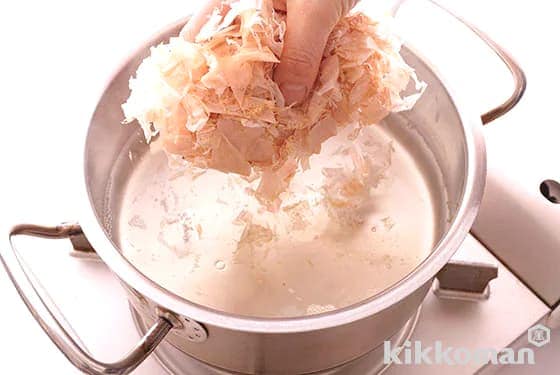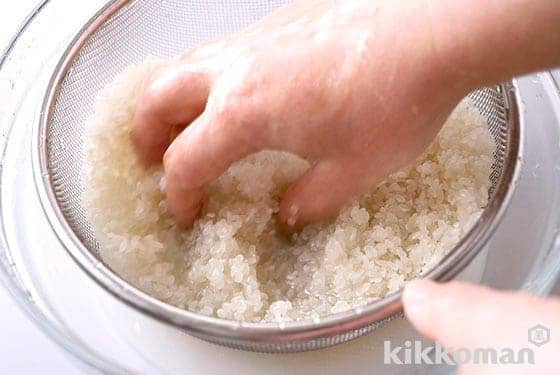Satoimo / Japanese taro - removing sliminess
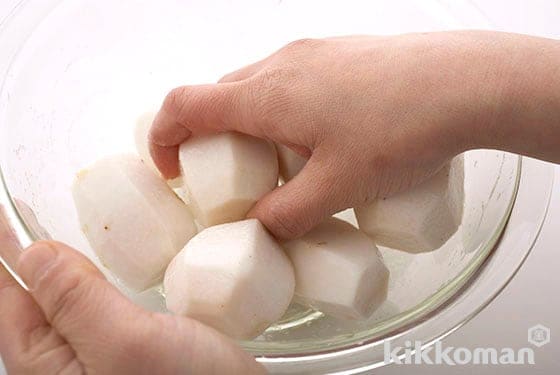
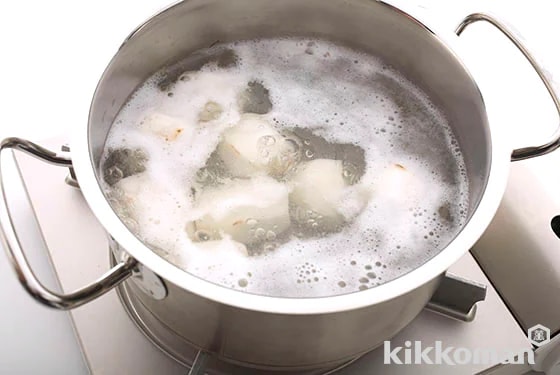
When satoimo are boiled or simmered, they becomes slimy and broth becomes murky and thick, so sprinkle on salt and rub all over before cooking satoimo. The recommended amount of salt is about 2 Tbsp per 5 to 6 satoimo. Place these into a pot, add plenty of water, and cook over high heat until bubbles begin to form. Rinse quickly in water to remove the sliminess. You can use this method to prepare dashi-flavored simmered dishes having clear, light broth.
Satoimo / Japanese taro - wiping away sliminess
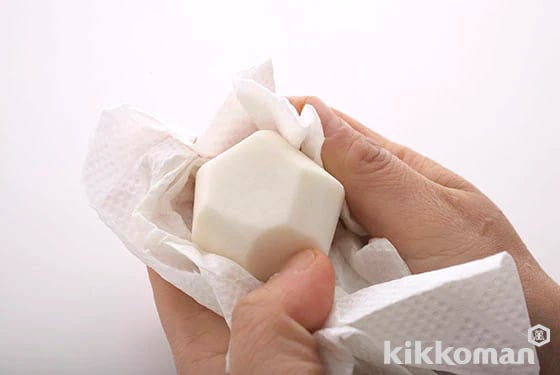
Once peeled, quickly rinse under cold water, then use a clean and dry dish cloth to wipe away any sliminess. Using paper towel is also convenient. For dishes where some thickness (sliminess) is welcome, such as stewed dishes, this is a commonly used method.
Satoimo / Japanese taro - peeling for six sides
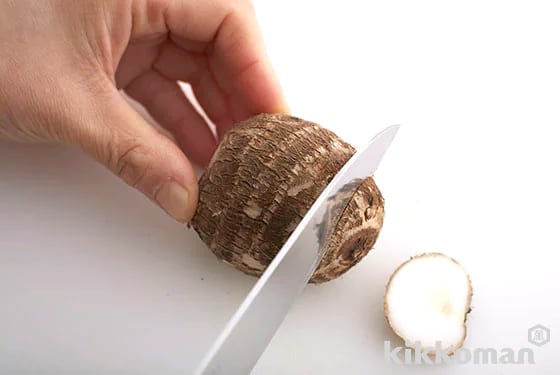
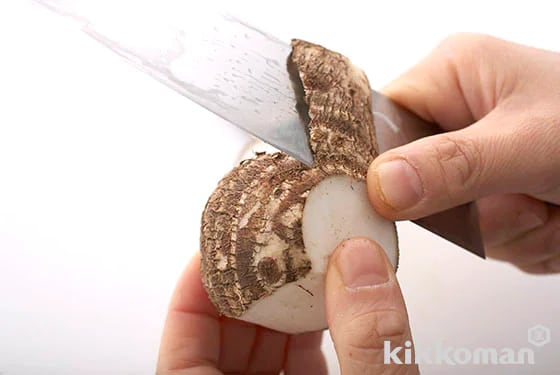
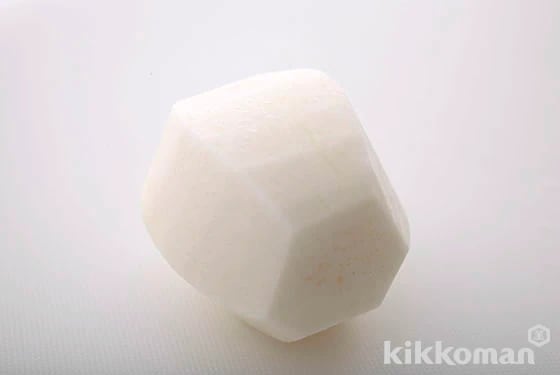
Peel the satoimo to create a six-sided shape. Doing so increases aesthetic appeal, and is especially recommended for Japanese-style simmered dishes served for guests. First thinly slice off the top and bottom, then adjust each width while peeling vertically to create six even sides. Once a section is peeled, peel the section on the opposite side next, rather than the section beside, as this will make it easier to create equal-sized peeled sections.


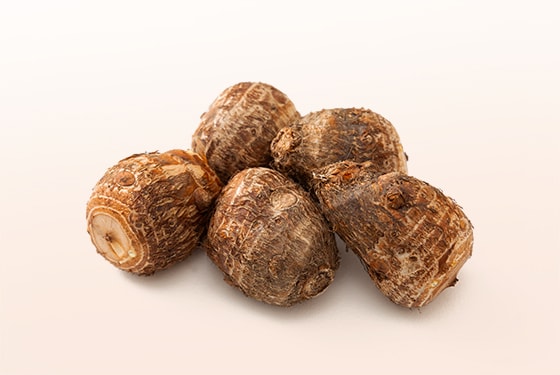

 20min
20min 154kcal
154kcal 600mg
600mg